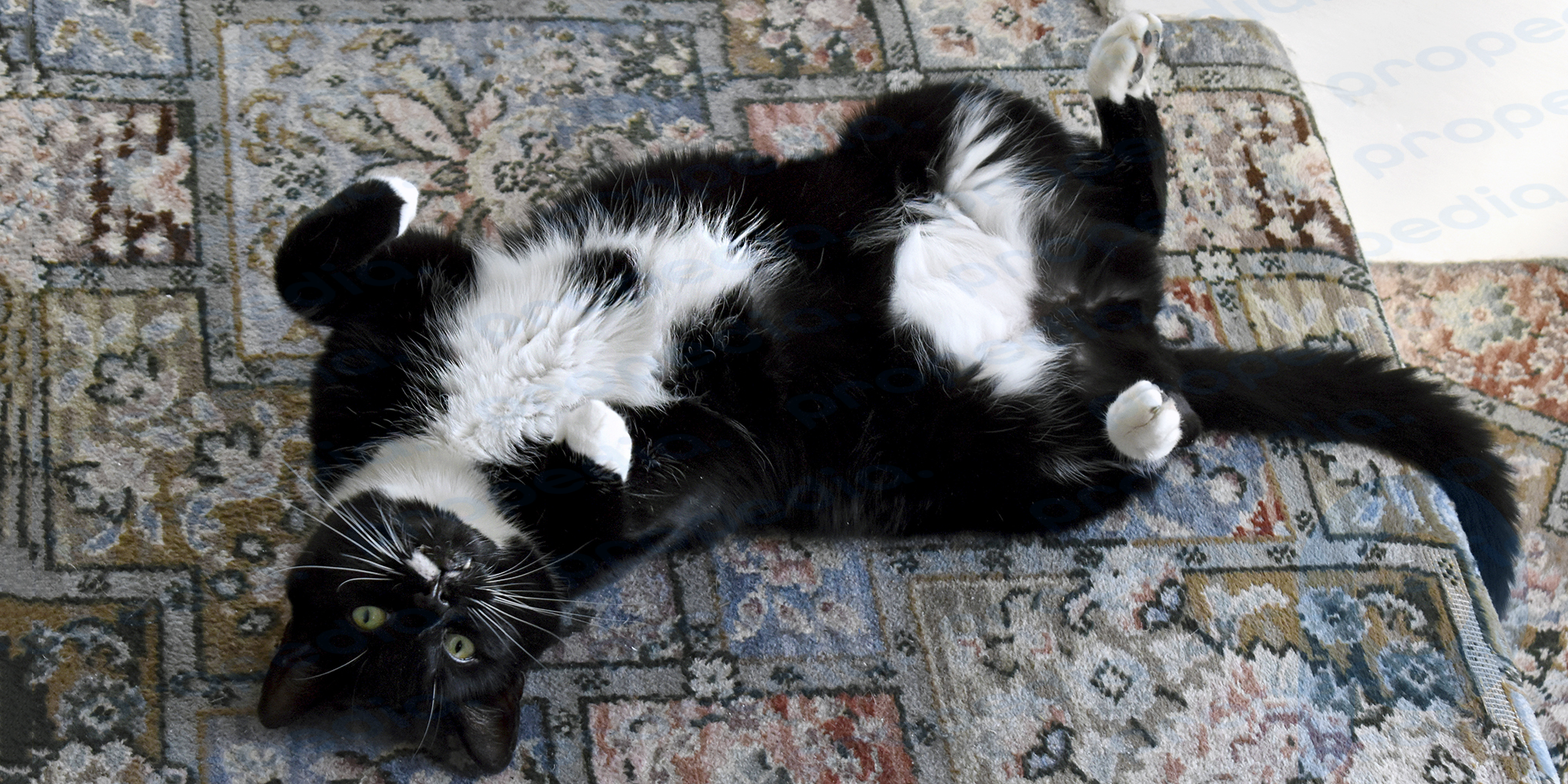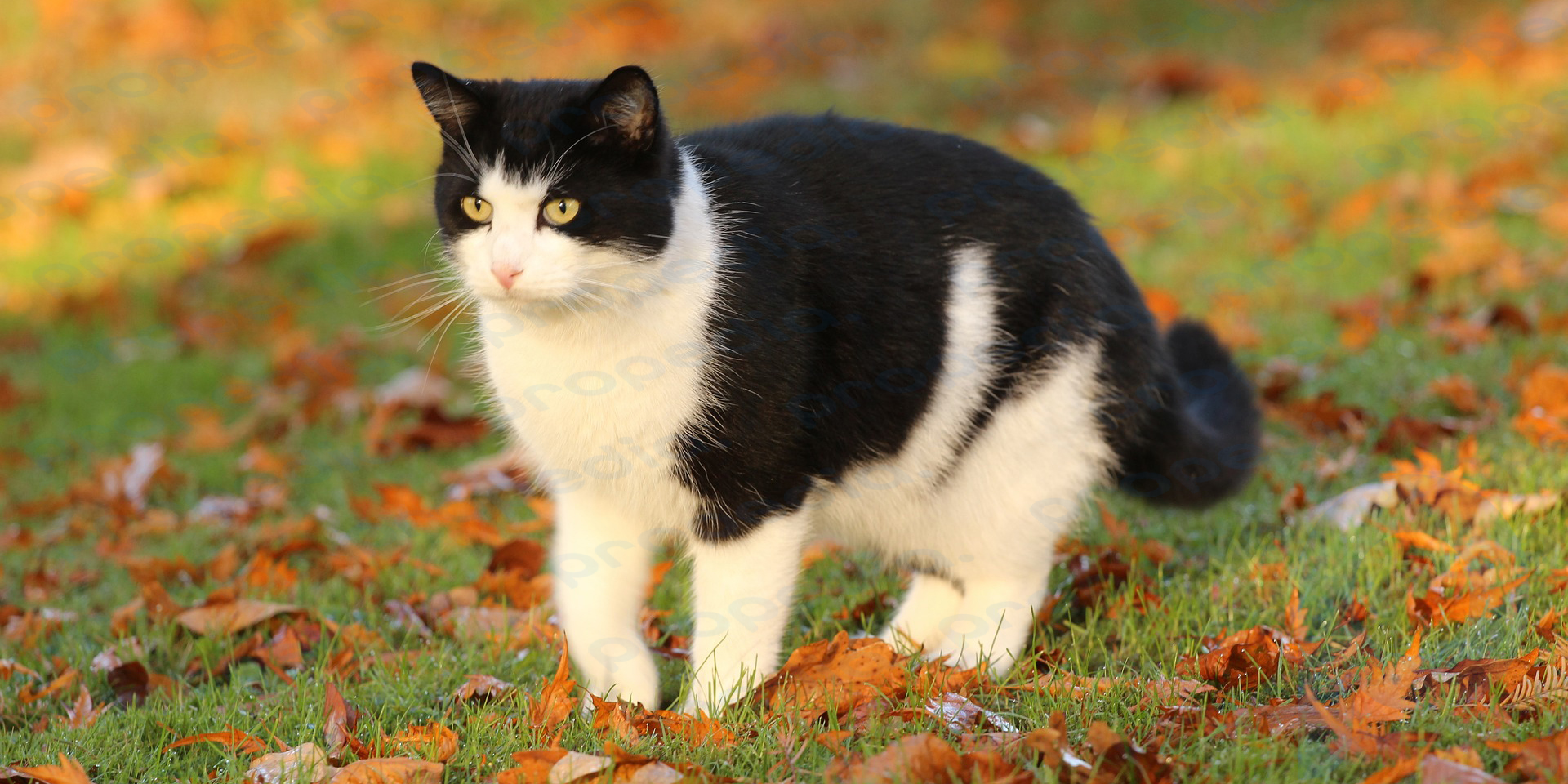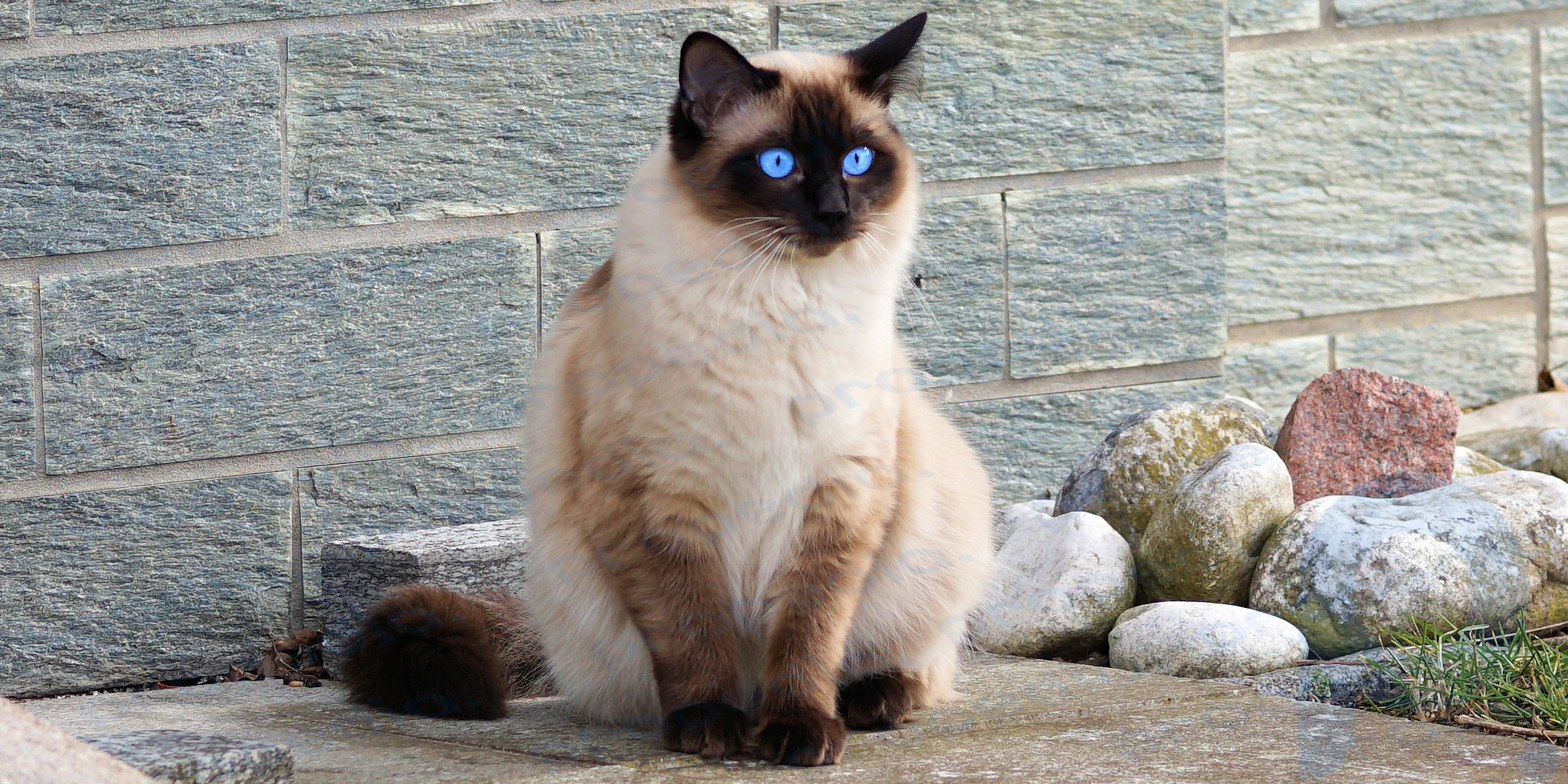There is a complex genetic process behind these precious socks.
Recently, an interesting message from user Lucy Huber appeared on the social network Twitter:
Yesterday I read somewhere that the reason why cats often have white paws and bellies, but never the other way around, is that even in the womb their color begins to develop on the spine and then spreads further. And everything that is not ready at the moment of birth remains white. And I can't stop thinking about it.
Lucy HuberThis post quickly went viral and already has more than 13 million views. In the comments, the author suggested sharing photos of cats and cats, mocking their “readiness.”
The Teacake and Zora were almost done, but they came out of the oven before they had a chance to get crispy.
My Teacake and her sister Tetley were cooked to perfection! I love their small white chins which complement their beautiful striped coats.
My seemingly raw, but otherwise perfect girl. She has the softest fur. ?
By this logic, a black cat is “fully cooked,” a completely white cat is “raw,” and a black and white cat is “medium cooked,” or “medium rare” (using a not very appropriate analogy with steaks).
The Womansworld portal tried to answer the question of whether the theory about white paws and belly is true after consulting with a number of veterinarians and scientists. In short, it's not that simple.
According to Dr. Grant Little, veterinarian and JustAnswer expert, it's all about genetics.
The pattern and color of a cat's fur is influenced by many genetic factors. When a cat (or other animal) has white spots, it is called a piebald. This is a genetic condition in which melanin does not fully mature in the hair cells, and in most cats it is more common on the limbs than the body.
Grant Little
There is truth to the statement about the color spreading from the back, noted veterinarian Lindsay Wendt.
The dark areas of a cat's fur are formed from cells known as melanocytes. Melanocyte precursor cells in the embryo come from an area called the neural crest, which is located in the back and becomes the spine.
Lindsay WendtAccording to Wendt, one theory is that these progenitor cells migrate along the surface of the skin, starting in the vertebral region, but they do not reach the most distant areas, such as the paws, tip of the snout and abdomen, resulting in a lack of pigment cells and , therefore, to white wool.
The second theory is that pigment precursor cells migrate uniformly throughout the skin, but there is an opposing genetic or cellular mechanism that works in the opposite direction, destroying the pigment and leaving the limbs white.
Although it is possible that the dark coat begins to develop from the vertebral region, Dr. Little notes that the spread of color has nothing to do with time.
As funny as it is to think that a cat is “not quite ready” (and I laughed at this joke), white paws may well be related to intrauterine changes and have nothing to do with the length of time in the womb.
Grant Little
White paws should be viewed from an evolutionary perspective, says Dr. Annie Waluska, a pet behaviorist at Purina.
The fact that cats have white fur at all is interesting. Especially when you consider that for mesopredators such distinctive features are rather a minus, because they mean greater visibility, attracting the attention of both other predators and potential prey.
Annie WalushkaAlso, the presence of white paws suggests that humans may have played a role in actively selecting such traits during the domestication process, Annie added. When it comes to pets, particularly cats and dogs, she says, across species, the behavioral traits that are selected during domestication are genetically linked to physical features such as curled tails, floppy ears—and piebald coats with white spots, including number.
While all veterinarians say there is some truth to the viral Twitter post, it doesn't tell the whole story. Cats with light fur and dark paws are also found, albeit much less frequently. Such individuals are thought to be "color limited", Dr Wendt added. This means they have a genetic mutation that affects temperature-sensitive areas and results in less pigment in the warmer areas of the body (the body) and an increased concentration of color in the limbs, ears, tail and face. This type of coat is most often found on purebred Siamese cats.

This was confirmed by Annie Walushka, who noted that since the pigment is produced only in the coldest parts of the body, Siamese kittens are born completely white, because they were warm in the womb.
To summarize, the genetic process that results in white paws is much more complex than the original social media post suggests. But at the same time, there is still a grain of truth in the version about the spread of dark color from the spine. Regardless, understanding the complex scientific theories about this matter only makes us appreciate those cute socks even more.

